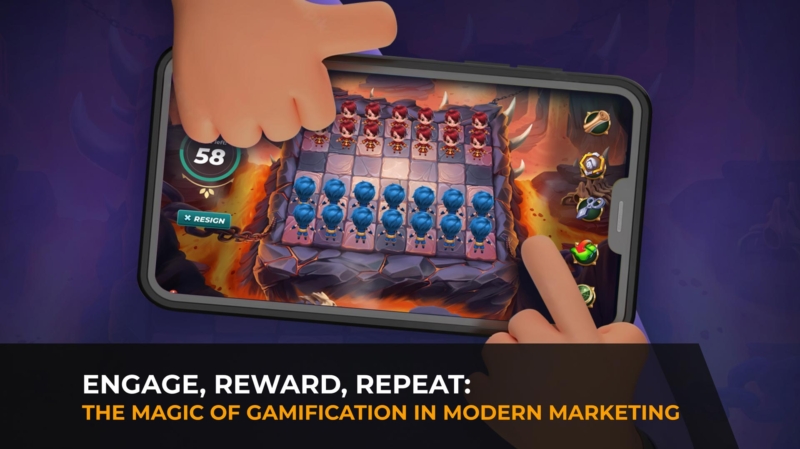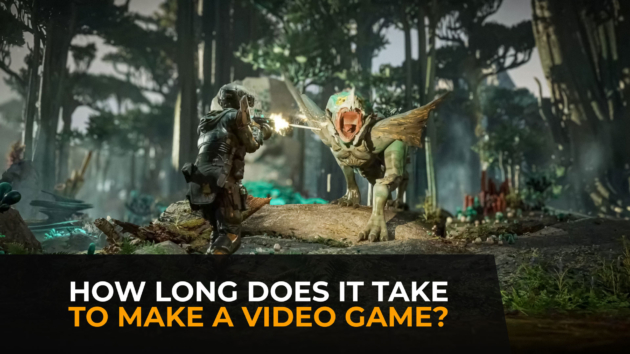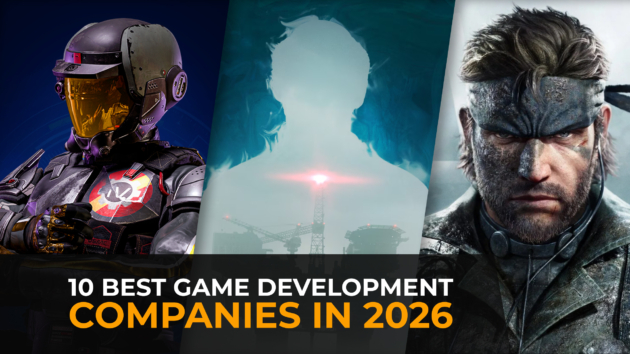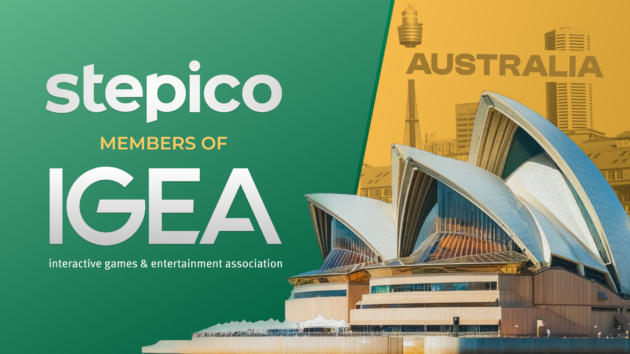In today’s fast-paced digital world, it can seem impossible to get a customer’s attention and keep them loyal to your brand. To succeed in this, businesses need to make experiences that are interesting and memorable for their audience more than ever because there is so much content out there that wants to be seen. This is where making marketing more like a game comes in. Adding game-like features to marketing strategies can help businesses get customers more involved, keep them, and make them loyal to their brand.
Gamification in marketing has become integral to enterprises’ advertising strategies and buyer engagement initiatives today. In this article, we’ll explore what gamification is, how it works in marketing, some real-world examples, and the latest trends that make gamification a powerful tool in the digital era.
What is Gamification in Marketing
Gamification basically means adding game elements like points, badges, leaderboards, and tasks to non-game settings in order to get people interested and change how they act. People often think of reward programs when they hear the word “gamification,” but it’s much more than that.
The goal is to make marketing more interesting and involved so that customers will want to take part and become more loyal to the brand. To get customers to associate with a brand more deeply, gamification uses natural human drives like competition, achievement, and social connection.
Why Gamification Works in Marketing
Gamification thrives because it’s deeply rooted in human psychology. It taps into basic desires, such as the urge to compete, achieve, and connect. By incorporating game mechanics into marketing efforts, businesses can see significant benefits. Here are some of them.

Enhanced engagement
When you connect with a brand through gamification, it becomes more dynamic and interesting. People are naturally driven by success and progress. Gamification gives them clear goals, awards, and feedback to keep track of their progress. People stay interested and spend more time on a brand’s platform when they can connect with it all the time. By adding game-like elements like levels, points, badges, and challenges to routine chores, they become more fun and rewarding, which encourages more people to take part. Customers are more likely to stay interested and keep coming back for more if they feel like they’re making progress. This could mean hitting a new level, finishing a challenge, or earning a reward.
Emotional connection & loyalty
When you use gamification, you get more than just a transactional sense of success and recognition. Brands build a stronger emotional link with their customers by giving them badges, points, or other rewards. People don’t just buy things; they interact with brands that make them feel good about the choices they make. Customers can often feel like they are part of a community or group when gamification is used, especially when leaderboards, achievements, and goals are used. Together, this sense of belonging and the benefits they earn make customers more loyal. Customers are more likely to keep interacting with a brand and become long-term supporters if they feel like they have a personal stake in it, such as when they see growth or are recognized.
Behavioral influence
One of the best things about using games in marketing is that they can change how people act. Brands can quietly get people to do certain things by using game mechanics like levels, streaks, and rewards. Brands can get customers to do things that help them reach their business goals by giving them rewards for doing things like buying certain goods, sharing content, or taking part in social media challenges. By rewarding customers for good behavior, this type of positive feedback makes them more likely to do it again in the future. Over time, gamified systems help set patterns of behavior that are good for both the customer (by rewarding good behavior) and the brand (by making people more interested and growing sales).
Emerging Trends and Real-World Examples
As we progress through 2025, gamification in marketing continues to evolve, integrating cutting-edge technologies and strategies to enhance user engagement and brand loyalty. Here are some of the most impactful trends shaping the future of gamified marketing.
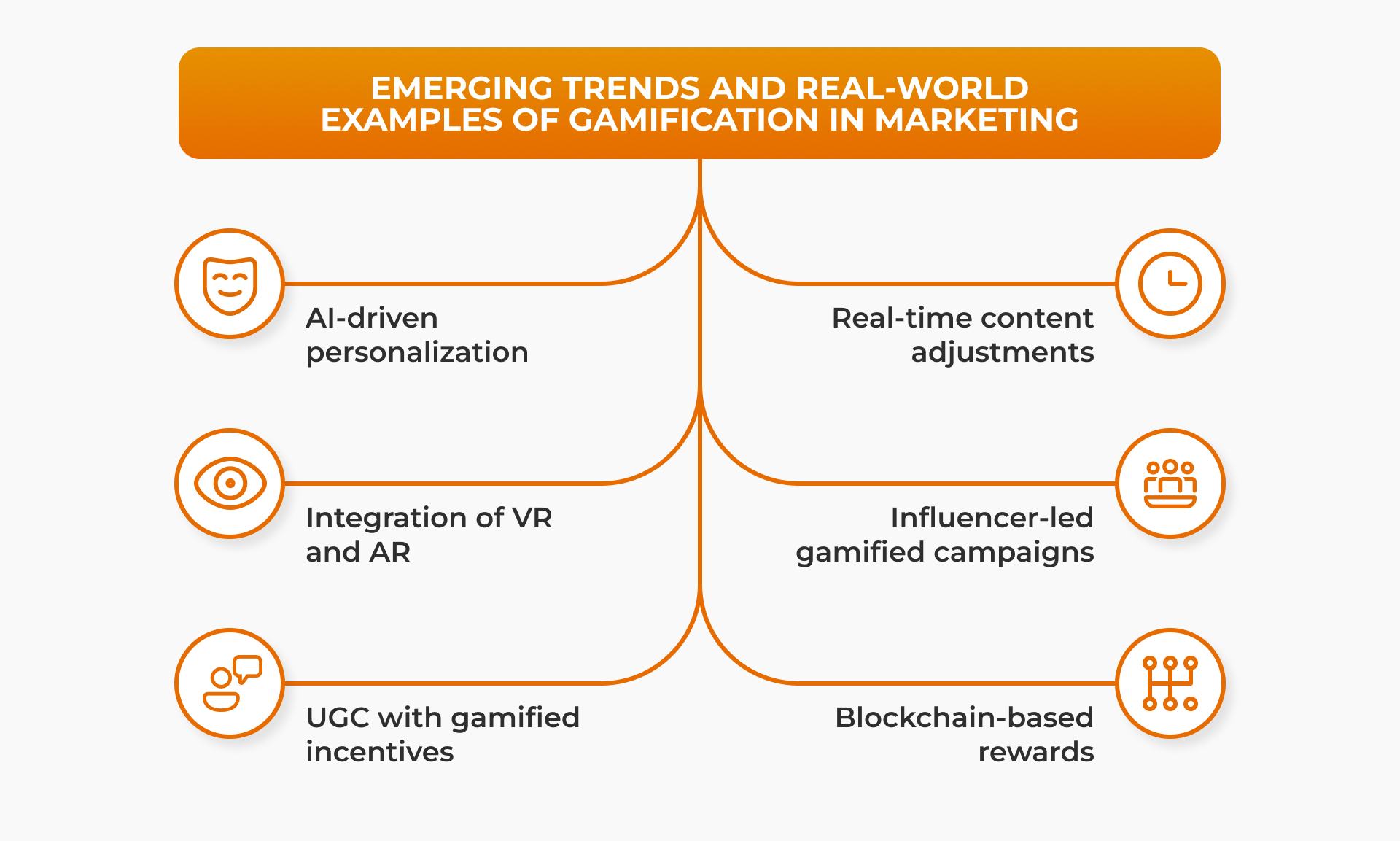
AI-driven personalization
AI-driven personalization is one of the most powerful tools in gamified marketing today. By using machine learning algorithms, AI analyzes vast amounts of consumer data to create customized experiences for each individual user. This can include tailoring rewards, challenges, content, and even communication styles. For example, Spotify’s Discover Weekly playlist leverages AI to curate music recommendations based on a user’s listening habits, turning a basic function into an engaging, personalized experience that users look forward to every week.
Moreover, AI doesn’t just predict user preferences; it adapts the gamified experience in real time. Sephora uses AI to provide personalized beauty recommendations through its “Virtual Artist” feature, where users can try on makeup virtually, and the platform adjusts its suggestions based on the user’s previous interactions. This ability to anticipate and adapt to user preferences makes gamified marketing not only more engaging but also incredibly relevant to individual users.
Real-time content adjustments
One of the most significant ways gamification enhances user experience is through real-time content adjustments. This ensures that challenges or goals are always just the right level of difficulty to keep the user engaged without causing frustration or boredom. For instance, Duolingo uses real-time adjustments to ensure users are constantly challenged. If a user is performing well, the app will present more complex lessons, while if the user struggles, the app may simplify tasks or offer additional practice to build confidence.
A great example of this in gamified marketing is Nike Training Club, where the difficulty of workouts adjusts based on the user’s progress. If a user regularly hits their fitness goals, the app will introduce more advanced routines to keep them motivated. By offering real-time adjustments, these platforms not only keep the experience fresh and engaging but also ensure that users stay motivated without feeling overwhelmed or bored.
Integration of VR and AR
Virtual Reality (VR) and Augmented Reality (AR) have unlocked new ways to engage users through immersive experiences. While gamification traditionally relied on digital badges or points, VR and AR create entirely new environments for users to explore. For example, IKEA has developed an AR app, IKEA Place, where users can place virtual furniture in their homes to see how it fits, turning the shopping experience into an interactive game-like activity. This makes the process of selecting furniture more engaging by allowing users to “play” with the products before making a purchase.
Pokemon Go, a popular AR game, is another great example. While not strictly a marketing campaign, many brands have used AR gamification in partnership with the game, creating in-game events and rewards to boost foot traffic to stores or promote products. McDonald’s collaborated with Pokemon Go to make their restaurants “Pokestops” or gyms, driving both in-game and physical foot traffic to their locations.
The rise of VR is also making waves in gamified marketing. For instance, L’Oreal created a VR experience for users to try on makeup virtually, helping them see the product in action before buying. These immersive experiences are pushing the boundaries of what gamified marketing can achieve.
Influencer-led gamified campaigns
Influencers have long been a staple in digital marketing, but when combined with gamification, they become even more powerful. By creating branded challenges or competitions, influencers can turn a simple endorsement into an interactive experience for their followers. A notable example is Coca-Cola’s “Share a Coke” campaign, where influencers were encouraged to share photos of themselves with bottles bearing their names or the names of friends. This gamified experience encouraged participation and created social competition among users to collect the bottles, making it more than just a typical promotional campaign.
More recently, TikTok influencers have been integrating gamification into their posts by creating challenges with branded hashtags. These challenges encourage followers to create their own content, share it, and participate in a fun, competitive activity. For example, the #GucciModelChallenge had influencers and followers recreate Gucci’s high-fashion runway looks. This gamified content encouraged a deeper connection between the influencers, their followers, and the brand itself.
Through gamification, influencers can engage their audiences in a way that feels more interactive and fun, rather than a traditional promotional post.
User-Generated Content (UGC) with gamified incentives
User-Generated Content (UGC) is a cornerstone of many modern marketing strategies, and gamification only amplifies its effectiveness. By offering points, badges, or exclusive rewards, brands can motivate their audience to create and share content that helps promote the brand. For example, GoPro uses a gamified approach to encourage users to share videos of their adventures. Through its platform, GoPro Awards, users can submit their content for a chance to win rewards or be featured on the GoPro website. The more creative and unique the content, the higher the rewards, creating an incentive to continue creating and sharing high-quality content.
Another fantastic example is Starbucks’ “White Cup Contest”. Customers were invited to draw designs on their Starbucks cups, share them on social media, and tag Starbucks. The winning design was turned into a limited-edition cup, and the winner received free Starbucks for a year. This gamified UGC strategy not only increased engagement but also created a sense of community and excitement around the brand.
By gamifying content creation, brands tap into the creativity and enthusiasm of their customers, driving both engagement and brand loyalty.
Blockchain-based rewards
Blockchain technology is making its way into gamified marketing, offering more secure and transparent reward systems. By leveraging cryptocurrencies or Non-Fungible Tokens (NFTs), brands can offer verifiable and tamper-proof rewards that enhance consumer trust. Nike, for example, has entered the world of NFTs with their “Nikeland” virtual collection, where users can buy, sell, and trade digital sneakers. This innovative use of blockchain for rewards adds an extra layer of exclusivity and credibility to the gamified experience.
Similarly, Ubisoft has experimented with blockchain-based in-game rewards, where players can earn digital items that can be sold or traded across different games or platforms. This creates a new economic system within the game itself, where virtual rewards have tangible value beyond the game. Blockchain ensures that rewards are secure, transparent, and traceable, which builds trust and encourages participation.
The Power of Gamification in Marketing
Gamification is more than just a buzzword; it’s a proven strategy for increasing customer engagement, retention, and loyalty. By adding game mechanics like rewards, challenges, and social elements, brands can build deeper connections with customers and create experiences that people want to participate in.
At Stepico, we build high-quality marketing games — fast, engaging, and ROI-driven. From casual to immersive experiences, our games boost brand interaction, accelerate conversions, and ensure a faster time to market. Ready to level up your marketing? Ask our game experts!
